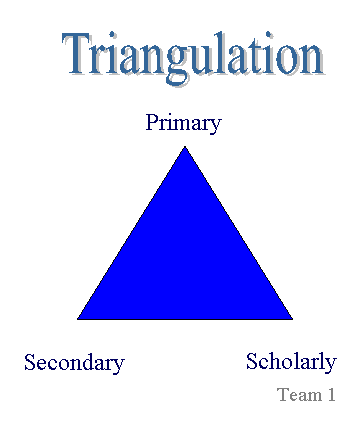
Analysis
Denny's
Challenger
Jack in the Box
Tylenol
Union Carbide
Methods
Procedures
We will employ the historical case study method to analyze, in detail,
five representative examples of crisis communication management in a variety
of circumstances from non-Department of Defense organizations. As part
of this analysis we will utilize the triangulation method by examining
mass media coverage of the crises, organizational accounts, and scholarly
journal articles. Keyton cites Denzin (1978) and Janesick (1994), data
triangulation is using a variety of data sources in one study which gives
researchers more confidence about their findings and conclusions.

Materials
We will examine the following five crises: the Union Carbide Bhopal chemical
leak, the Johnson & Johnson Tylenol tampering, the Exxon-Valdez oil
spill, Denny's class-action law suit for racial discrimination, and the
Challenger disaster.
Design
Our design will involve Coombs and Benoit's (1995) theory of crisis management
communication strategies. We intend to collapse the more coherent elements
of both theoretical approaches into a unique categorization and depiction
of crisis communication phenomena/strategies.
Analysis
In order to effectively analyze each case study in detail, we will review
scholarly materials, mass media coverage, and organizational primary and
secondary resources to triangulate and derive the key elements of crisis
communication strategies used in each circumstance. Initially, we will
attempt to categorize crisis communication actions in each of these case
studies in the following categories: refutational strategies, avoidance
strategies, attachment strategies, forgiveness strategies, and sympathy
strategies (Combs & Benoit, 1995; Allen & Caillouet, 1994).